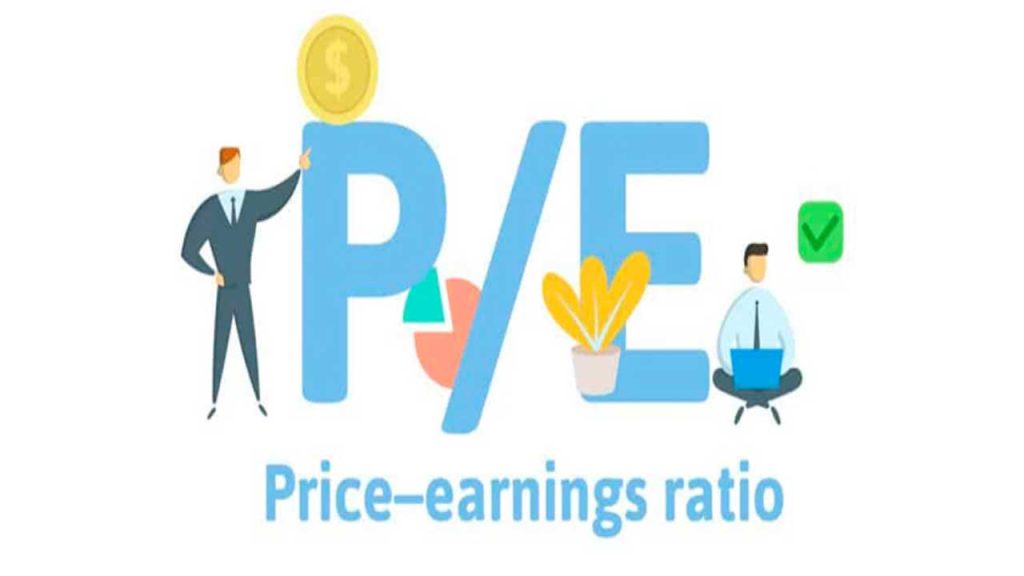Limitations of Profit Earnings Ratio – P/E Ratio is the ratio of a business’s present share price to its earnings per share (EPS). For the estimation of this ratio, investors can include results from various periods; nevertheless, the most widely applied variable is a business’s profits from the previous 12 months or one year. That is also known as the price-to-earnings multiple.
While using the P/E ratio to determine where to spend, one of the most perplexing questions for investors is what constitutes a good or healthy ratio. Nevertheless, it is important to remember that the usefulness of a ratio depends based on the present business conditions, the industrial average of P/E ratios, the essence of the sector, and so on.

As a result, when evaluating different P/E ratios, investors must understand how the other firms in the very same sector with identical characteristics and in the same growth period are doing.
Though high ratios are correlated with the threat of quality trap investments, lower ratios can suggest a business’s subpar success due to internal flaws.
As a result, there’s really no foolproof P/E ratio on which investors should rely if investing in stocks. In this regard, other technical research metrics like discounted cash flow, weighted average cost of capital, and so on could be utilized to determine a business’s future profitability.
Limitations of Profit Earnings Ratio
While P/E ratio analysis will provide a reasonable estimate of whether a business’s shares are overpriced or undervalued, it is not without flaws.
Must Read – How to calculate Profit Earnings Ratio?
Since the P/E ratio doesn’t really take into account a business’s EPS growth rate, investors also use the PEG ratio, or Price to Earnings to Growth ratio, to determine which firm has the most promise.
Another explanation that the P/E ratio cannot be used exclusively to render an investing decision is that a business’s earnings are published quarterly, while equity values fluctuate on a daily basis. As a result, the P/E ratio will not comply with a business’s results for a long time, leaving space for mistake on the part of investors.
As a result, investors can never determine if a firm is worth investing in based solely on its P/E ratio. They can also take into account a slew of other considerations that have a major impact on the true value of stocks. This include if the business’s specific industry is undergoing a financial crisis or a cyclical spike, the business’s historical results, the business’s size, EPS growth potential, whatever industry the business contributes to, average P/E in the stock market, how businesses of equivalent scale are doing, and expectations for the specific industry now and in the future.
Finally, the P/E ratio can only be utilized to compare firms within the same industry that have identical features, instead of evaluating businesses across industries.



